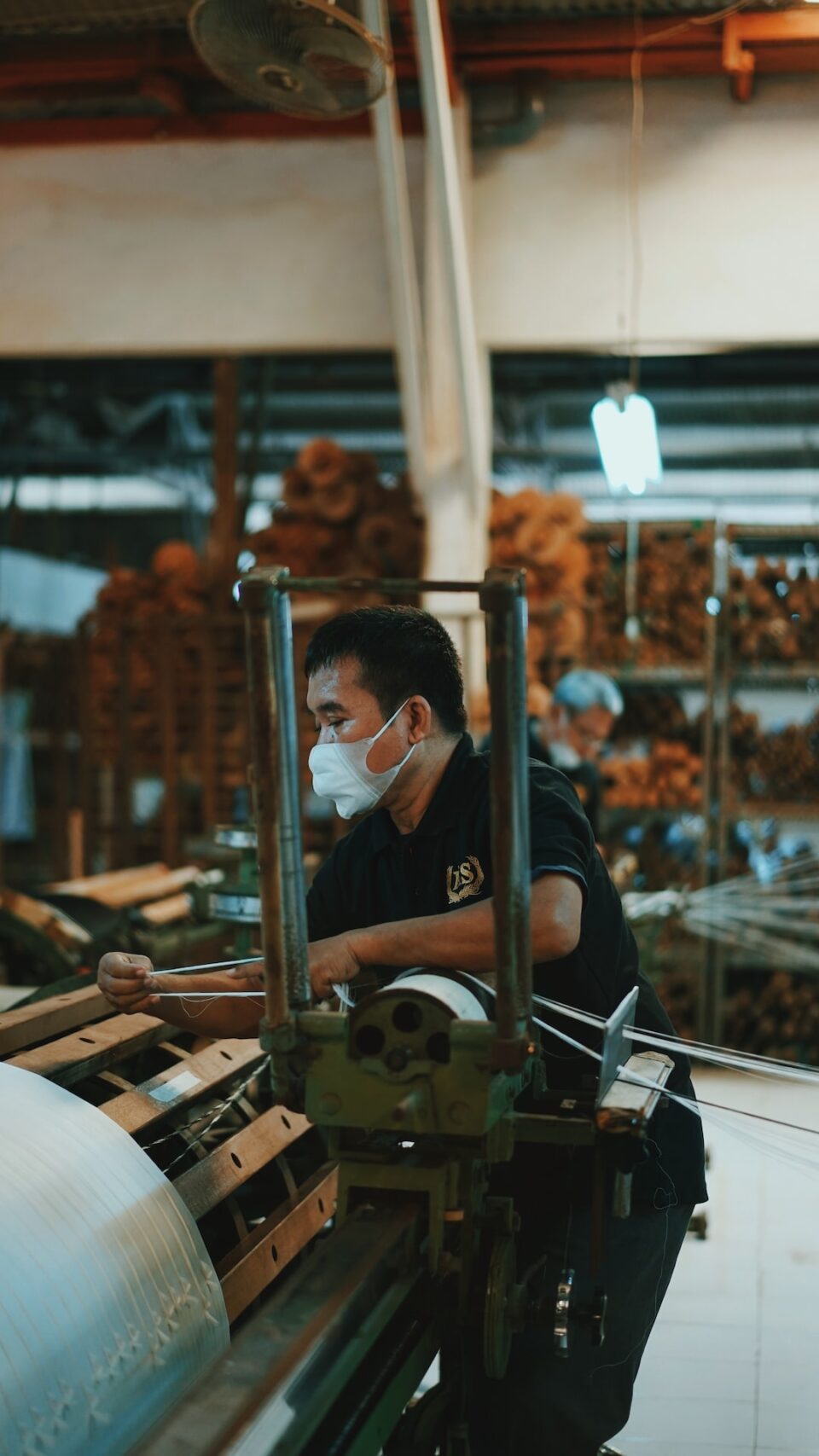Unleashing Creativity in Manufacturing: How Design Thinking Can Drive Innovation
In today’s fast-paced and competitive manufacturing environment, it is crucial for companies to continuously innovate and stay ahead of the curve. In order to do so, a shift from the traditional mindset to a more creative and design-focused approach is essential. This is where the concept of ‘design thinking’ comes into play – a methodology that encourages collaboration, experimentation, and the unleashing of creativity in manufacturing processes.
Design thinking is not limited to the realms of graphic or product design; it is an approach that can be applied across various aspects of manufacturing, ranging from new product development to process improvement. At its core, design thinking revolves around empathizing with the end-users, understanding their needs and pain points, and then coming up with innovative solutions that cater to these requirements.
One of the key principles of design thinking in manufacturing is a focus on human-centered design. This means taking into consideration the end-users’ perspectives and experiences throughout the manufacturing process, rather than simply focusing on the technical aspects. By putting the human element at the forefront, manufacturers can design products and processes that truly meet the needs and desires of the end-users, resulting in higher customer satisfaction and loyalty.
To unleash creativity in manufacturing, organizations need to create a culture that fosters open-mindedness, collaboration, and risk-taking. In traditional manufacturing setups, the focus is often on efficiency and productivity, leaving little room for experimentation and creativity. However, by adopting a design thinking approach, companies can encourage employees to think outside the box, try new ideas, and challenge the status quo.
Through design thinking workshops, manufacturers can bring together experts from different disciplines, such as engineers, designers, and marketers, to collaborate and generate innovative ideas. These workshops provide a platform for cross-pollination of ideas, enabling teams to draw inspiration from diverse perspectives. The emphasis is on divergent thinking, where no idea is too wild or unrealistic. This encourages participants to explore various possibilities and come up with unique solutions to manufacturing challenges.
Prototyping is another significant element of design thinking in manufacturing. By creating physical or virtual prototypes of a product or process, manufacturers can quickly test and validate their ideas before investing significant resources. This approach allows for rapid iteration and refinement, ensuring that the final outcome truly meets the users’ requirements. Prototyping also enables early identification of potential flaws or drawbacks, which can be addressed to deliver a better end product.
Design thinking also places a strong emphasis on continuous feedback and iteration. Manufacturers should actively seek feedback from end-users, stakeholders, and employees at every stage of the design and manufacturing process. By involving these key stakeholders, manufacturers can incorporate their perspectives and refine the design accordingly. This iterative approach ensures that the end product or process is not only innovative but also practical and useful.
In addition to fostering creativity and innovation, design thinking can also lead to improved sustainability in manufacturing. By considering environmental and social impacts in the design process, manufacturers can develop products and processes that are more sustainable and eco-friendly. This approach can result in reduced waste, energy consumption, and carbon footprint, aligning the manufacturing industry with the global drive towards sustainable practices.
Design thinking offers tremendous potential in unleashing creativity and driving innovation in the manufacturing industry. By placing the end-users at the heart of the design process, fostering a culture of experimentation and collaboration, and incorporating continuous feedback, manufacturers can transform their businesses and stay ahead of the competition. Embracing design thinking as a philosophy and methodology can provide manufacturers with a competitive edge, enabling them to deliver products and processes that truly resonate with their customers.


